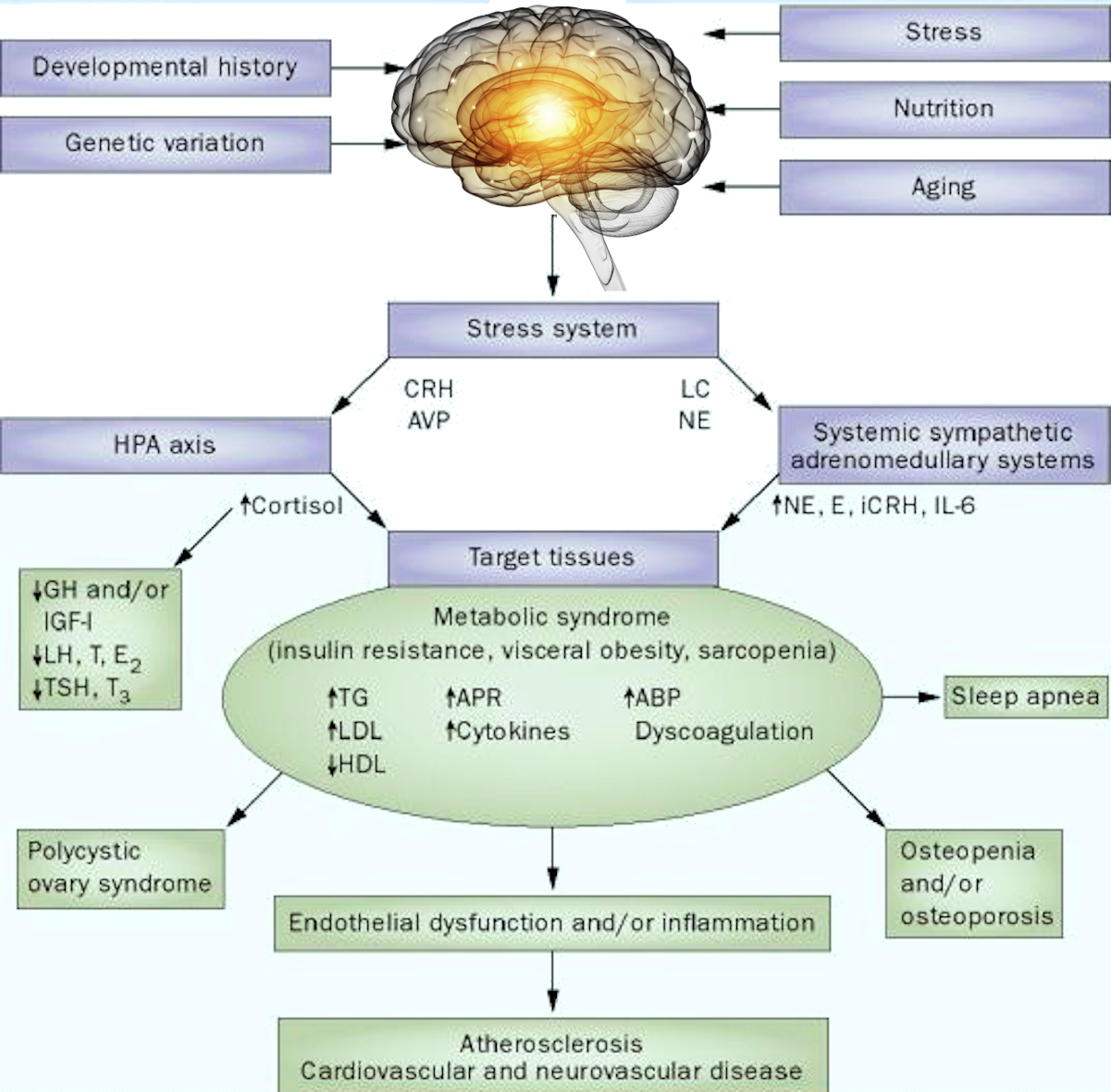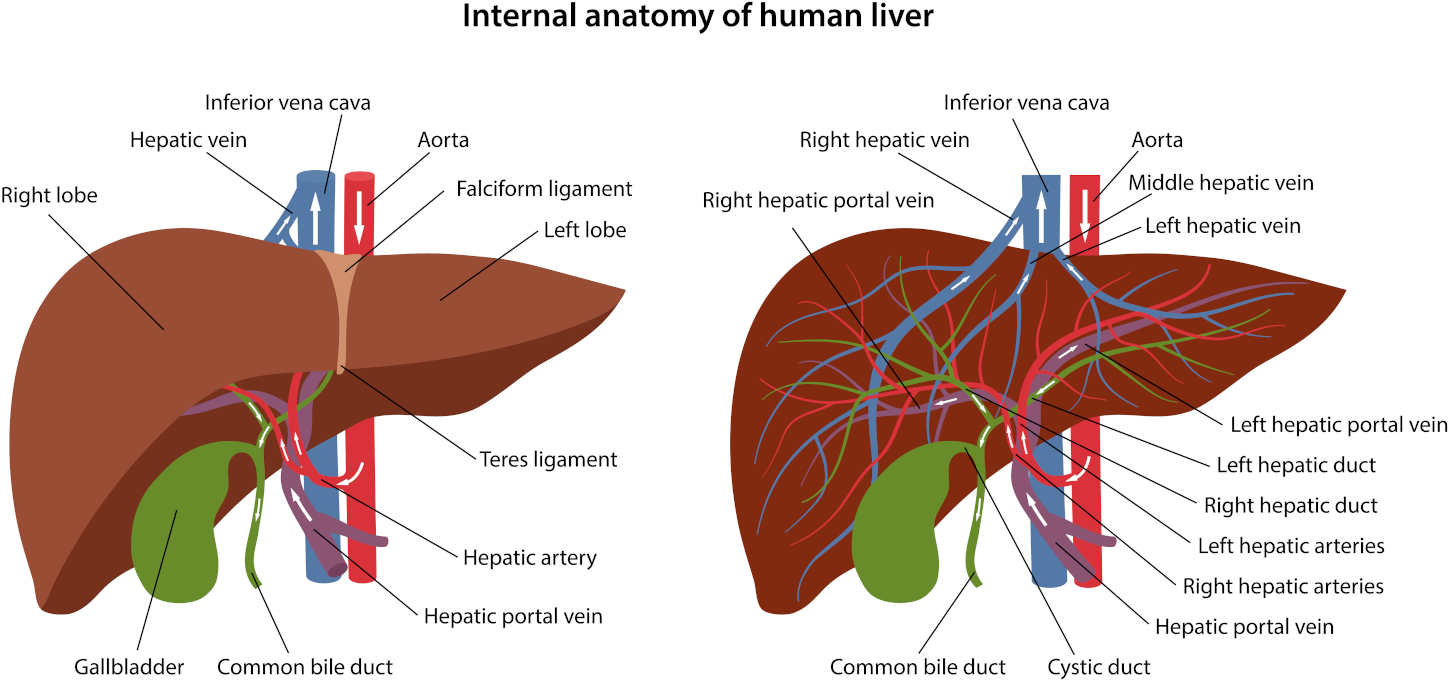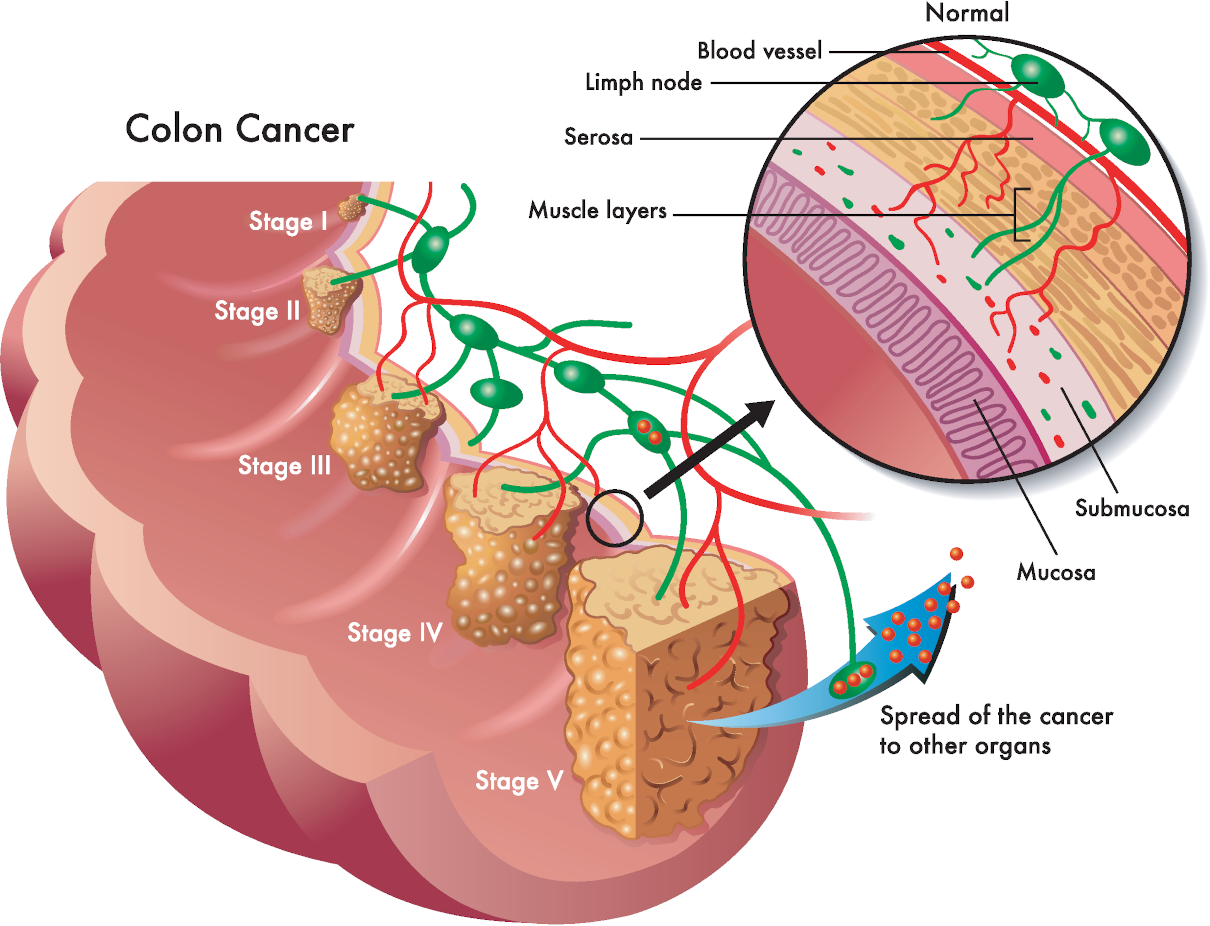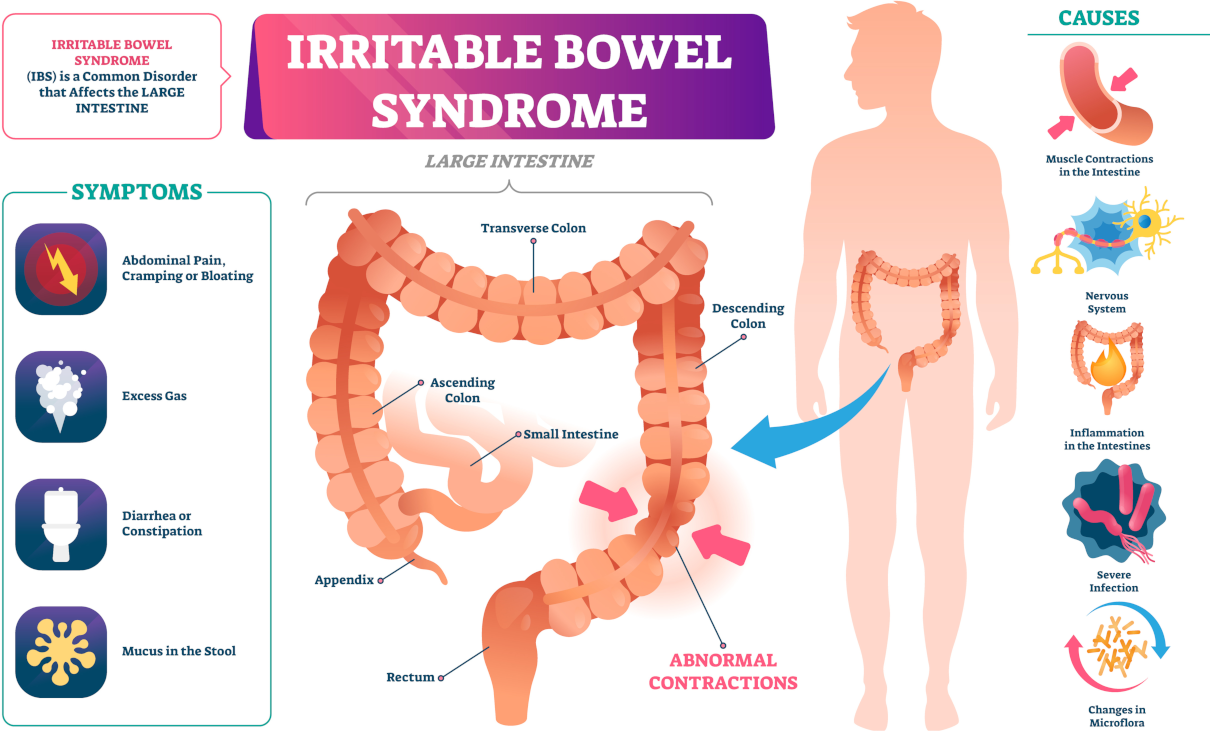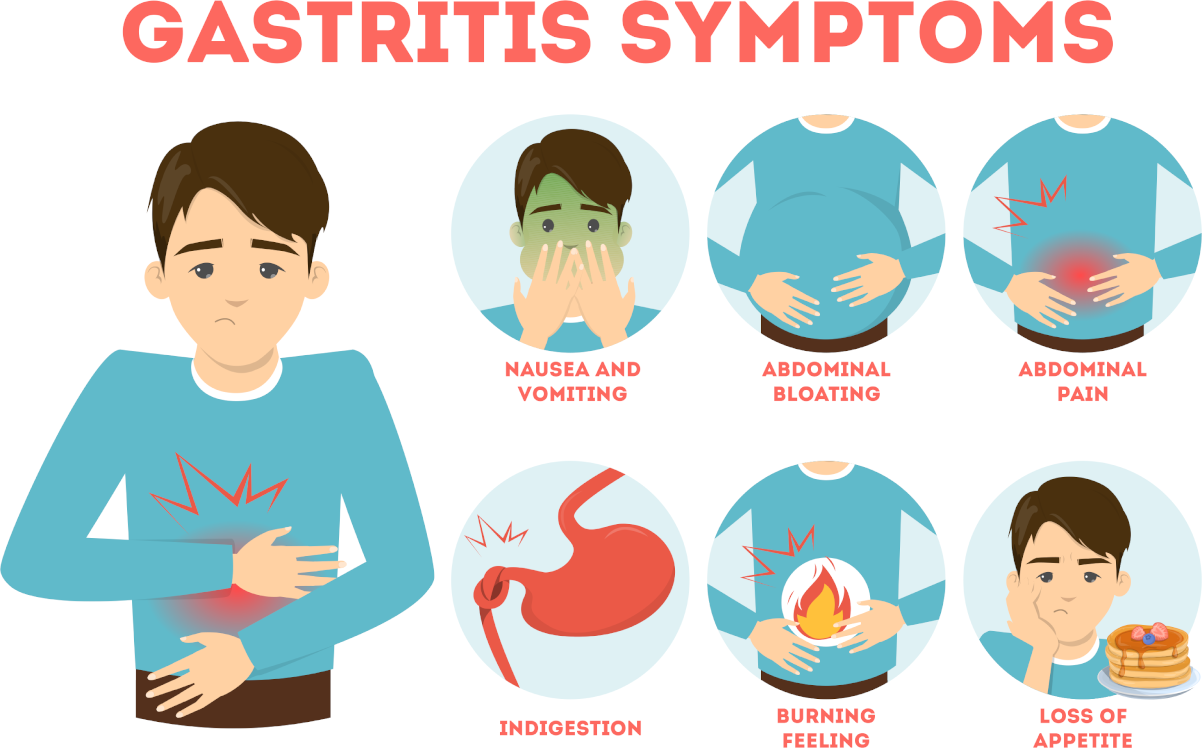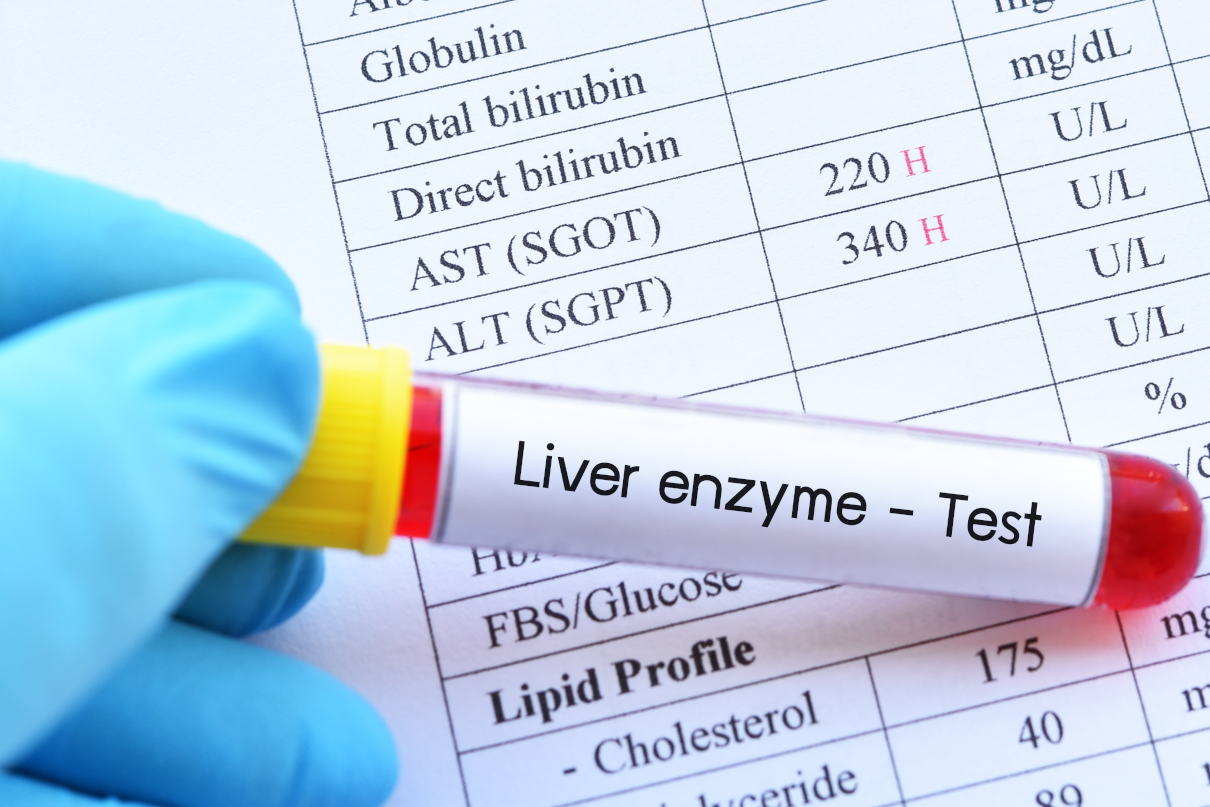
Serum asparagine aminotransferase enzyme is suitable for determining the extent of damage caused by liver, heart, and skeletal muscle tissues. There is an increase in activity in myocardial infarction. Besides, an increase in enzyme activity becomes noticeable during the heart attack’s 4th – 6th hours. The increased activity persists for the next 3-5 days, which is acute rheumatic carditis.
Effect of serum asparagine aminotransferase
It helps in cardiac surgeries, angiocardiography (catheterization of heart vessels), clotting of pulmonary arteria, severe attacks of stenocardia, tachyarrhythmia, viral hepatitis, and toxic damage to the liver. Four-chloride carboneum, chloroform, pesticides. Hepatic cirrhosis, amoeboid infections, cholangitis, infectious mononucleosis, acute alcoholic poisoning, hemocatheretic syndrome, muscular dystrophies, and acute pancreatitis.
It catalyzes a reversible amino group transfer reaction from aspartic acid to α-ketoglutaric acid. It simultaneously forms oxaloacetic and glutamic acids. Transamination occurs in the presence of a coenzyme – pyridoxal phosphate, a vitamin B6 derivative. The heart, liver, skeletal muscle, nerve and kidney tissue, pancreas, spleen and lungs contain ACT to a lesser extent.

Colonic irrigation with a liver/gall bladder stimulating herbal implant
We offer colon hydrotherapy with gas removal, stimulation of the liver and gallbladder, and soothing and relaxing herbal implants. The appointment also includes a comprehensive consultation.
Mitochondrial and cytoplasmic isoenzymes
Two isoenzymes represent the ACT in cells – mitochondrial and cytoplasmic. About 1/3 of the total intracellular activity of ACT is in the cytoplasm of cells, and 2/3 is in mitochondria. In the myocardium, ACT activity is about 10,000 times higher than in the serum of healthy people. Increased ACT activity in myocardial infarction is one of the early markers of heart muscle damage, although its specificity is low. Also, the serum ACT level rises 6-8 hours after the onset of the pain attack; the peak falls at 18-24 hours, and the activity decreases to typical values on the 4-5th day. There is a relationship between the size of necrosis’ focus in the heart muscle and the serum ACT level.
An increase in ACT activity
As a rule, an increase in ACT activity by a factor of 4–5 in an older adult indicates an acute myocardial infarction. Further, a 10–15 times rise is an unfavourable prognostic sign. At the same time, a less pronounced increase in serum ACT levels does not necessarily indicate a favourable prognosis. The increasing activity of the enzyme in dynamics may indicate the expansion of the heart attack. It may also indicate the involvement of other organs and tissues in the pathological process. We can consider the liver as an example in this case. ALT activity increases slightly with myocardial infarction, so the de Ritis coefficient (AST / ALT ratio) rises sharply.
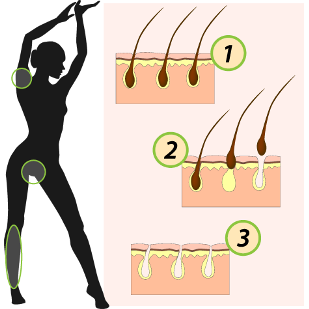
Full leg + Hollywood or Brazilian + underarm + full arm waxing
This treatment will eliminate unwanted hair, and the effect will last three to four weeks. A qualified therapist carries out Epilation. This treatment lasts ninety minutes.



